Mammoth Hot Springs Yellowstone
Affiliate DISCLOSURE: This post contains affiliate links. Nosotros earn a small commission from qualifying purchases.
The Mammoth Hot Springs Yellowstone rock formation is a cute sight that you should not miss on your trip to Yellowstone National Park. You can see the majestic hot springs steaming and the thermal travertine formations. It is beyond gorgeous and certainly a learning experience for both me and the family unit.
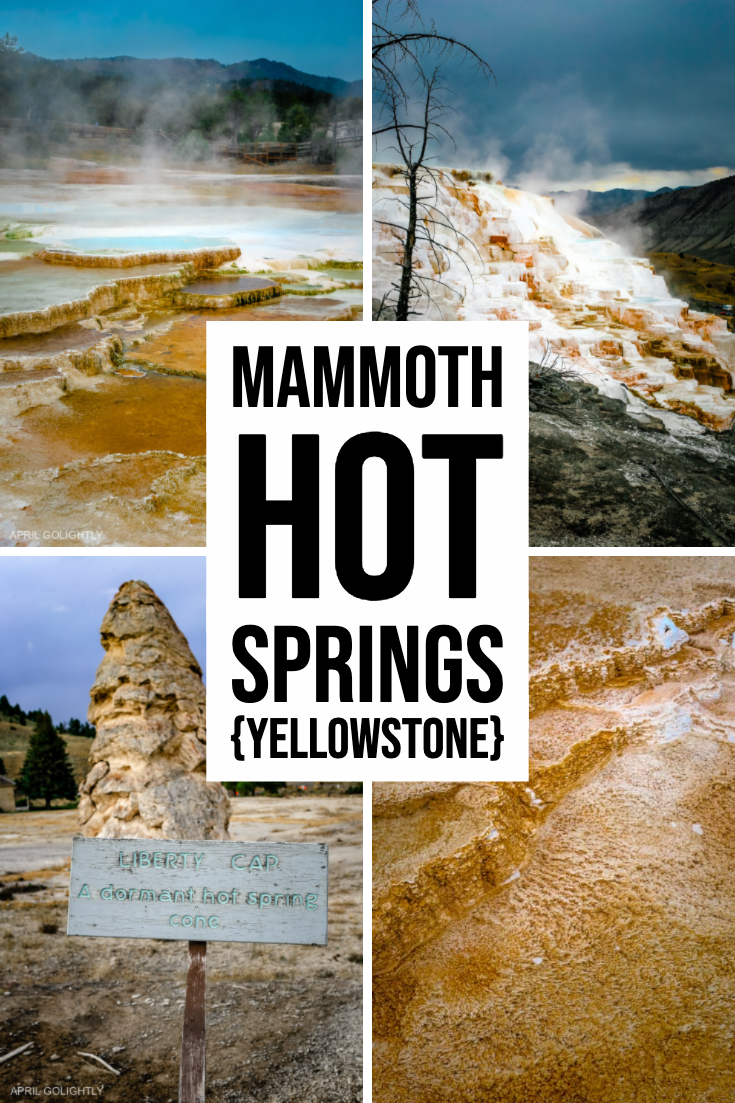
Considering Limestone is a relatively soft blazon of stone the crystallized calcium carbonate formations to grow much faster than other formations. The thermal flows show much variability with some variations taking identify over periods ranging from decades to days. It is such an interesting geological characteristic that you accept to see in person because the pictures don't do it justice. The algae formed on the travertine shelves makes it expect more than like a coral reef than a former volcano.

The step-like terraces form every bit heated water moves forth the Morris-Mammoth Fault. The hot h2o carries dissolved calcium and bicarbonate to the surface of the terraces where pressure lessens. Carbon dioxide so escapes as gas and the carbonate combines with calcium to precipitate as travertine.
How Mammoth Hot Springs Was Formed
At Yellowstone National Park each year, the rain and melted snow seeps into the earth. The common cold water is rapidly warmed by a partially molten magma chamber underground. It is a remnant of a cataclysmic volcanic explosion that occurred 600,000 years ago. This is an amazing illustration of natural science for both children and adults alike. 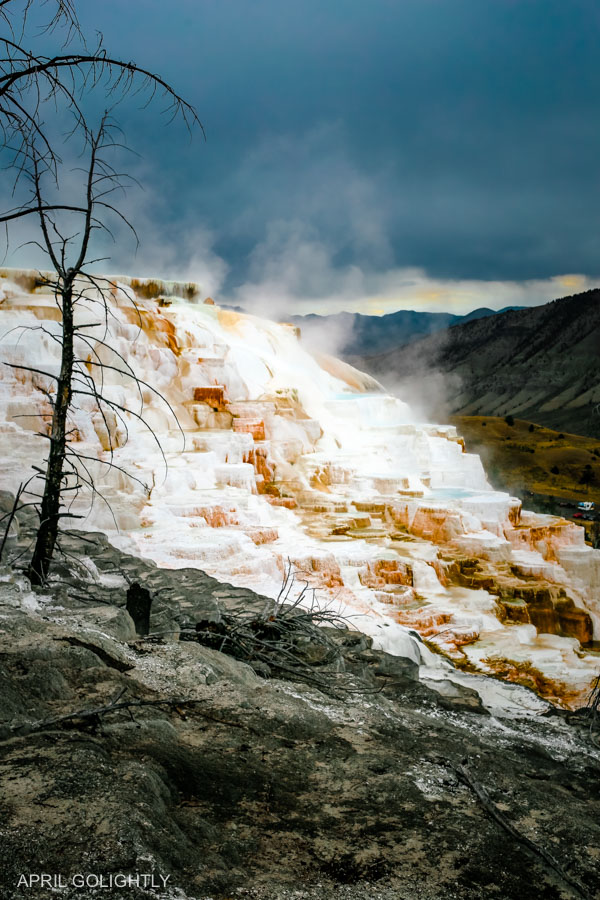
The heated water rises up through a system of pocket-sized fissures in the ground. This is where the h2o interacts with hot gases like carbon dioxide rise upwardly from the magma bedroom. Every bit some of the carbon dioxide is dissolved in the hot water, a weak, carbonic acid solution is formed. Learn more about it here.
When the water, limestone, and carbon dioxide mixture hits the air, the carbon dioxide is released and the h2o deposits the limestone onto the ground. The limestone is a white chalky mineral that forms the terraces.
Lower Terrace Boardwalk
The Lower Terrance Boardwalk can exist accessed from the the parking lot or the Yard Loop Route. Y'all tin can meet the Liberty Cap on the lower terrace boardwalk.
The Liberty Cap
The Freedom Cap is rises 37 feet in the air. It is a hot spring cone that was named in 1871 for peaked caps worn during the French Revolution. The cone formed from a steady flow of hot h2o emerging from a single source, depositing dense layers of travertine.
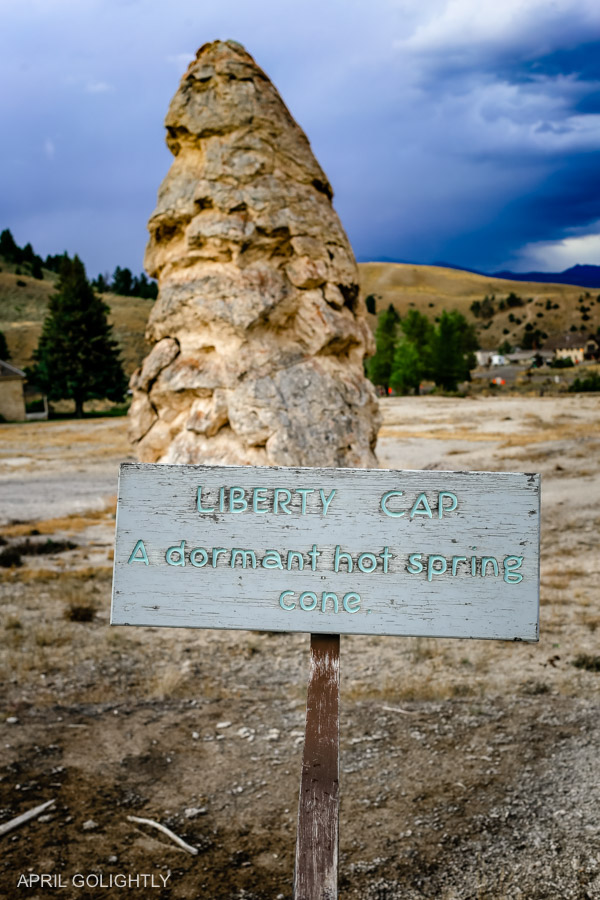
It is no longer active possibly because the water institute another way to flow or information technology became sealed up with travertine deposits. The funny function is that these features could become active over again at any moment. Earth quakes could hands change the orientation of the plates and make a alter in the terraces. Learn more than near the Liberty Cap here.
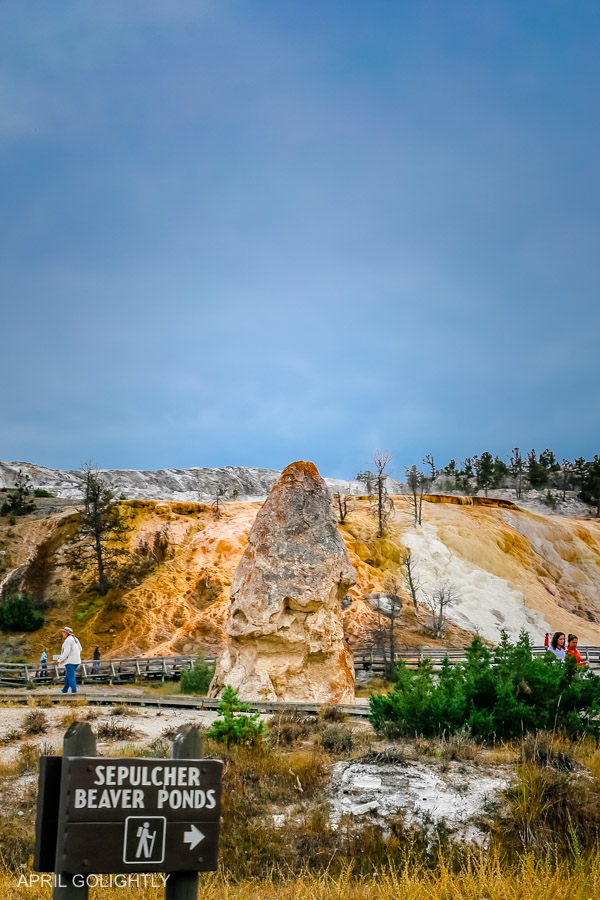
Minerva Spring
The lower terrace too features Minerva Jump. It is one of the well-nigh colorful hot springs. Minerva Leap was completely dry in the early on 1900s, but started flowing again in 1951. It is so interesting how the features tin can alter over time. Apparently, the travertine terraces of Minerva Spring tin grow at a rate of as much as eight.5 inches a year.
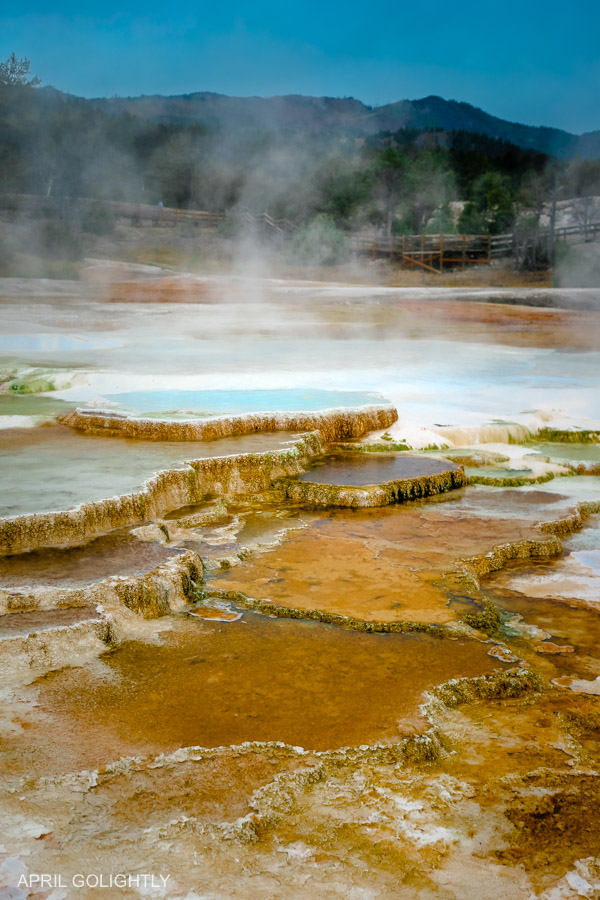
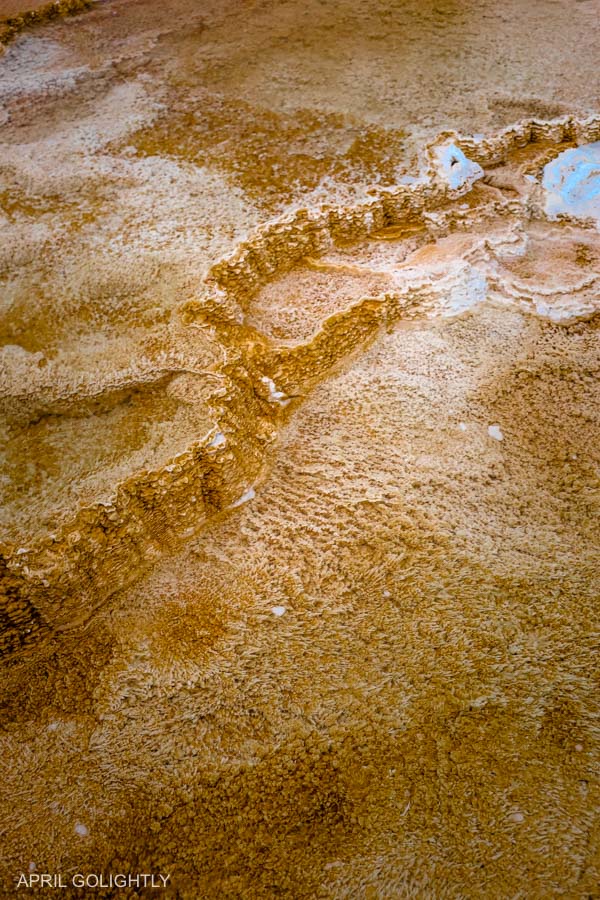
Upper Terrace Bulldoze
The Upper Terrace is astonishing and a must see in Yellowstone National Park. You can access the upper boardwalk from the one-way Upper Terrace Bulldoze and parking lot. The road winds amidst springs for 1.5 miles earlier it loops back for a half mile.
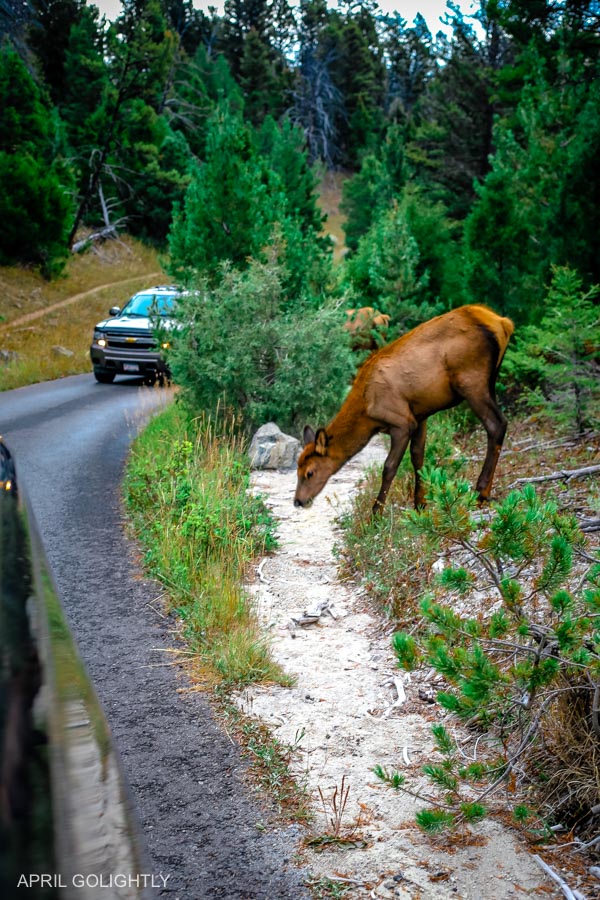
The Upper Terraces at Mammoth Hot Springs include Prospect Terrace, New Highland Terrace, Orangish Spring Mound, Bath Lake, White Elephant Back Terrace and Angel Terrace.
Orange Spring Mound is massive and named for its color. The spring from this mound is cooler (157 degrees F) than other thermal features at Mammoth Terraces which allows orange-colored cyanobacteria to dominate.
Fort Yellowstone
The Mammoth Terraces extend all the mode from the hillside, beyond the Parade Ground, and down to Boiling River. The Mammoth Hotel, besides as all of Fort Yellowstone, is built upon an one-time terrace formation known as Hotel Terrace. There was some business concern when construction began in 1891 on the fort site that the hollow ground would not support the weight of the buildings. Several big sink holes can be seen out on the Parade Ground. This area has been thermally active for several k years.
Pinedale Glaciation
You lot tin see glacial activity from the Pinedale Glaciation (the terminal glacial period) in the Mammoth area. The summit of Terrace Mountain is covered with glacial till, thereby dating the travertine formation there to earlier than the end of the Pinedale Glaciation.
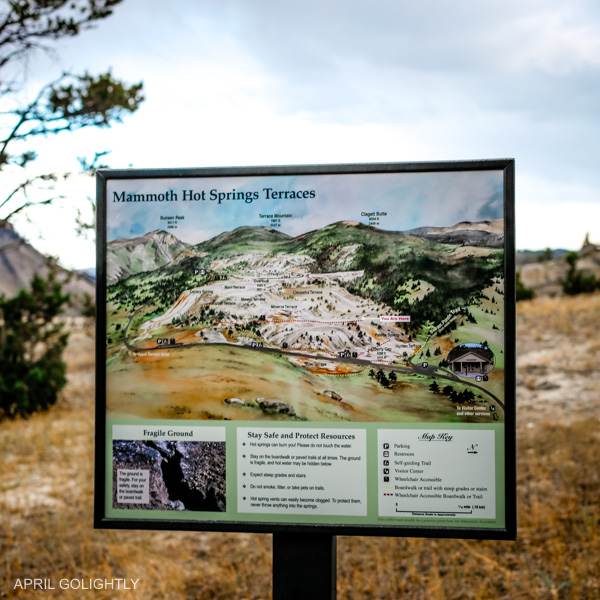
Can you Swim In Mammoth Hot Springs?
Yous cannot swim in Mammoth Hot Springs because they are protected and also considering they are besides hot. However, y'all can erstwhile swim in the boiling river which comes from Mammoth Hot Springs.
Where is Mammoth Hot Springs?
Mammoth Hot Springs are located well-nigh the North Entrance to Yellowstone National Park. The north entrance is where you can see the Roosevelt Arch. It was beginning major entrance for Yellowstone was at the north boundary.
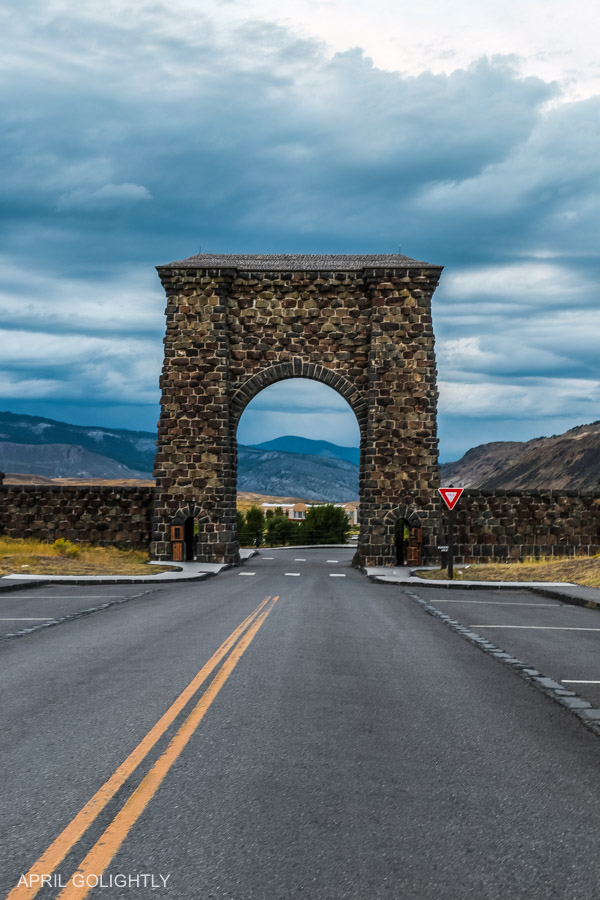
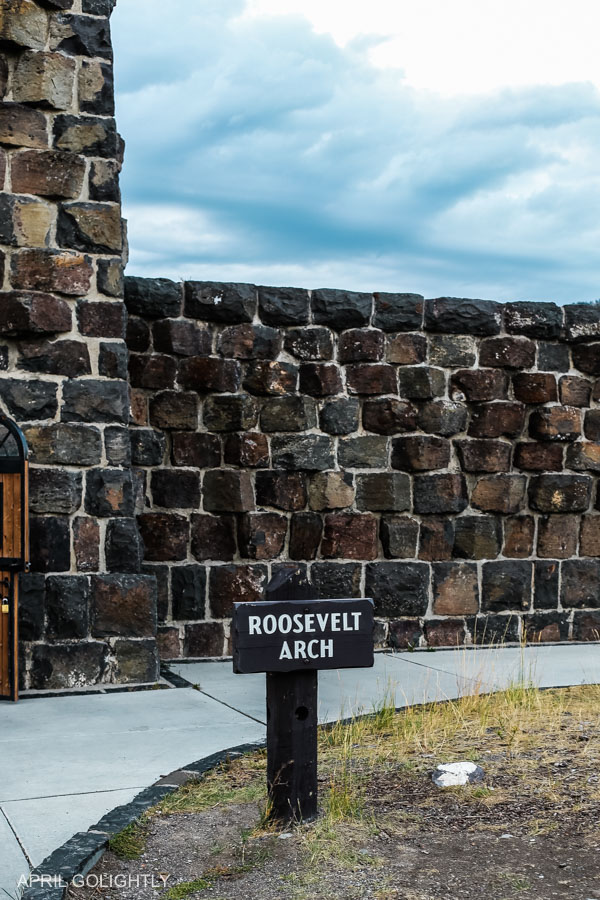
What to practice in the Mammoth Hot Springs?
You can bout the hot springs of mammoth lone on a guided bout.
Is Mammoth Hot Springs worth it?
Yes, Mammoth Hot Springs is worth visiting. It is both cute and filled with history and science! The Elk like to besiege in the expanse so you will probable see a lot of wildlife every bit well.
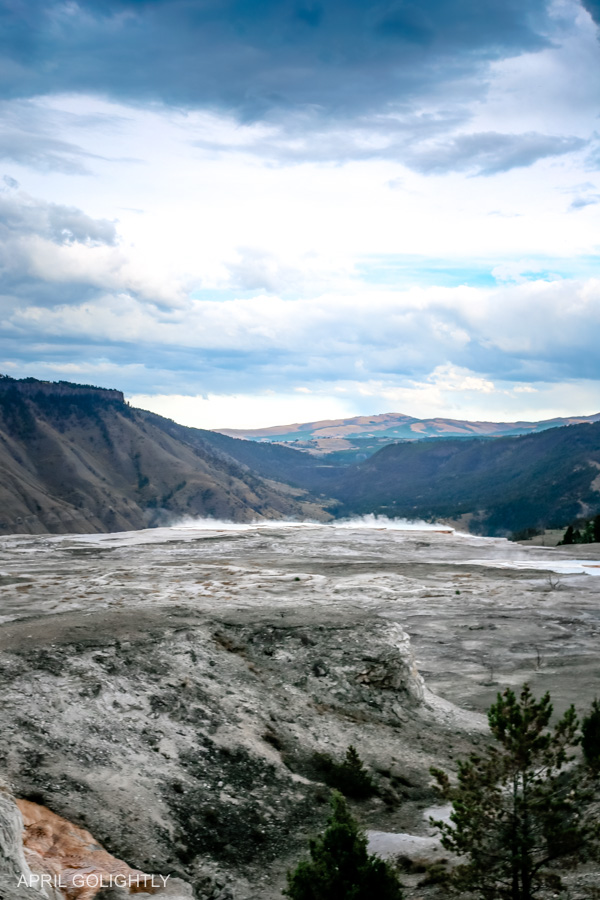
Beginning your Yellowstone journey in this cute town – Ruddy Lodge Montana.
guzmanthearegaven.blogspot.com
Source: https://aprilgolightly.com/mammoth-hot-springs-yellowstone/
0 Response to "Mammoth Hot Springs Yellowstone"
Post a Comment